Foolish me—I thought that after all the rain we had from last October through early June, we might just escape the summer wildfire smoke we’ve experienced the last few years. Although some forecasters predicted a cool, wetter-than-normal summer, since early summer it’s been very dry and warm, and with wildfires burning once again in our mountains, even the most rain-weary among us are wishing for a good, soaking rain. With the inevitable change to autumn just around the corner, now is the time to shift your focus to a new season in the garden.
One of the most common questions I hear from gardeners is, “Can I plant this now?” While my answer varies depending on the plant and the time of year, in early autumn my answer is almost always a confident “Yes!” Transplant stress on plants put in the ground this time of year is very minimal, thanks to warm soil to encourage quick root growth (as opposed to this spring’s cold, wet ground that rotted many a plant we eager gardeners stuck in too early), soon-to-arrive rains to help with watering, and the fact that most plants are directing energy away from top growth to go dormant for winter.
When planting, be sure to use a liquid plant starter like Bonide Root & Grow or a granular starter fertilizer like Espoma Bio-Tone, both available year-round at Vander Giessen’s and both of which encourage healthy, rapid root development without forcing extra growth on the top of the plant. Using either of these fertilizers will ensure that your plants get well-established long before bitter winter winds blow.
If planting new shrubs or trees is on your fall to-do list, be sure to take the time prior to planting to properly amend your soil and address any drainage issues you may have. If your ground tends to be a soupy mess in winter and rock-hard concrete in summer, chances are good that you have a high clay content in your soil.
Prior to any planting in clay soil, amend with a generous amount of aged compost to improve aeration and drainage and encourage plants to root out. A horticulturist I know lives by the adage, “Fish grow in water, plants grow in air” and it’s true—plant roots won’t grow in water-logged soil but will thrive in loose soil where oxygen can penetrate. So if you have clay soil, do yourself a favor when planting this fall and work in some compost to increase the amount of air that can reach your plants’ roots.
Next, it’s time to show your lawn some love. After such a wet spring most lawns stayed green longer into summer than the last couple of years, but by now, even well-watered lawns are looking weary. If you’ve kept your lawn watered through summer, feed now with an all-purpose lawn food like Scotts Turf Builder; or, if you let your lawn go brown, feed it with Turf Builder once it starts to green up in a few weeks. Follow up your feeding a week later with a dose of Bonide Crabgrass Plus to prevent newly-sprouted poa annua (annual bluegrass) from getting established in your lawn over winter.
Finally, following last week’s warm, dry wind, your summer flowers might finally be worn out (assuming you’ve kept them this long!). Refresh your planters with new plants for fall and winter, keeping in mind to change out the soil in pots that may have been infested with insects to prevent passing bugs along to your new flowers. For my deck pots, I love to use a mix of foliage plants like ornamental cabbage or heuchera, fall classics like mums, and cold-hardy plants like winter pansies that will bloom well into winter and provide some must-have color again when they wake up in early spring.
With cooler weather in the forecast and pumpkin spice-flavored everything hitting store shelves, fall is here, so welcome the new season with some fresh plants for your yard and planters and a little love for your lawn.


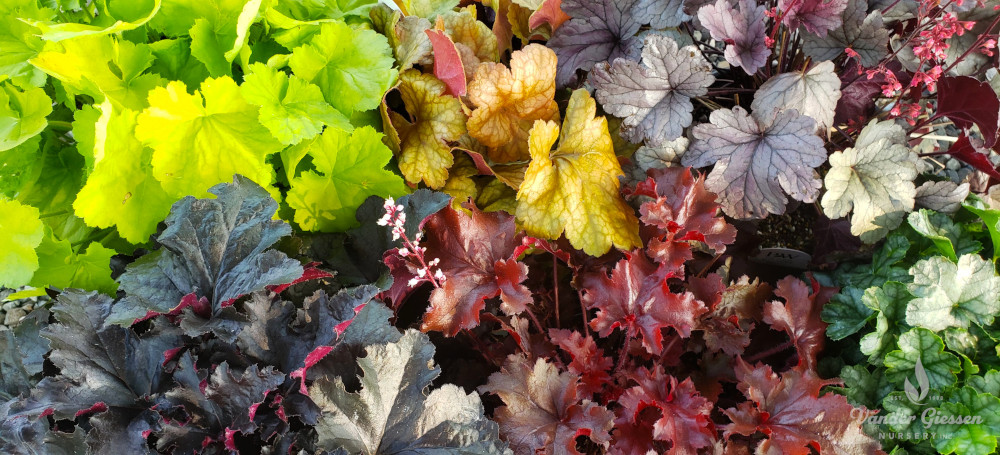
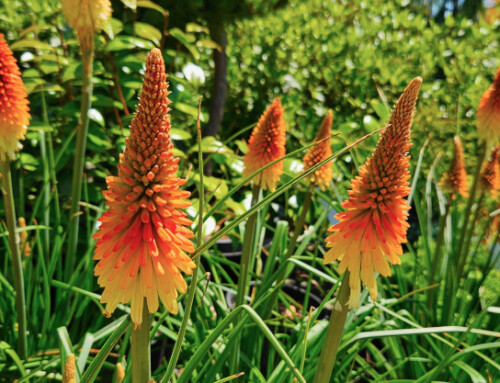
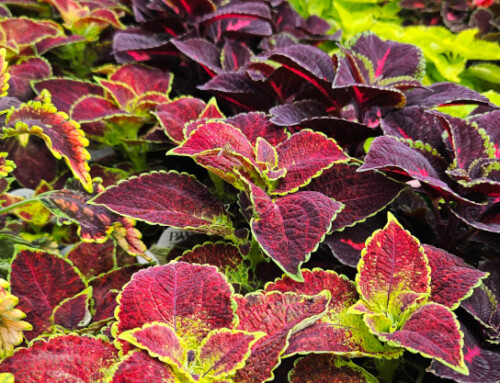
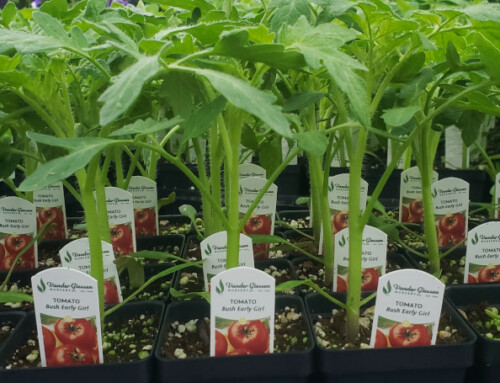
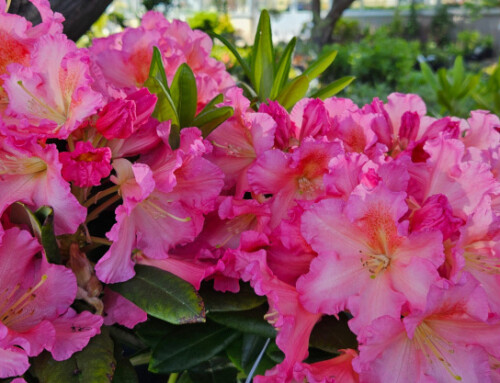
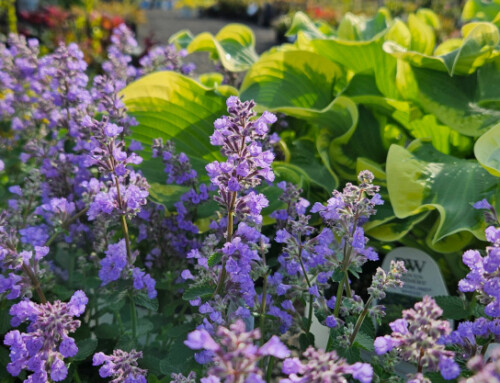
Leave A Comment